Research Stages: A 2023 Recap

In each quarter of 2023 we explored a different stage of the social research experience.
On Methodspace we delve into tried-and-true methods and emerging approaches. We try to bring you friendly, thought-provoking resources that represent diverse perspectives. In 2023 we homed in on the essentials common to all social research. We also raised questions about some of the trends influencing the field of scholarly research, including threats to academic freedom and quandaries about AI.
We explored stages of a research project, from concept to publication. In each quarter we focused on one part of the process. In this recap for the year you will find original guest posts, interviews, curated collections of open-access resources, recordings from webinars or roundtable discussions, and instructional resources. In addition to new posts, useful material from the archives has been updated and re-posted.
Like Methodspace? Think we could improve? Either way, we’d love to hear from you! We hope you find Methodspace relevant, whether you are a novice or experienced researcher, a solo researcher or member of a large project, a student, research supervisor or professor. Please complete this short survey and help us learn how we can better meet your needs. You could also use the contact form to share ideas or suggestions.
First Quarter: Design Research
What will you study? What research will advance knowledge in your field and make a difference in the world? We started at the beginning of the research process and discussed issues associated with selecting and defining a research problem. We’ll work through steps involved with designing and planning an ethical research project.
Find the Q1 collection here.
Find suggestions for navigating the problem formulation stage that precedes research design in social science research.
Let’s begin this quarter’s exploration of research design by thinking about the research problem or topic. Who decides what to study?
What ethical research practices are needed in a time-pressured crisis - such as the pandemic we have so recently experienced? These are questions the PREPARED team is tackling. Watch the livestream of the recent meeting in Paris.
The goals for this collaborative feminist research project were to bring together scholars who had critical methodological lenses, focusing our study through a collaborative feminist methodological lens to explore and address gender-based inequities in higher education institutions. Find the open-access book and toolkit the co-authors created.
Find a collection of Sage books about ethnographic methods.
In this interview David Antons and Oliver Salge discuss the roles humans and machines can take to plan and conduct computational literature reviews.
In this interview Dr. Marc Anderson explains how and why to use citation context analysis to track impact of scholarly publications over time.
Ethnography is a widely used qualitative methodology, growing from roots in anthropology to acceptance in a wide range of disciplines.
For researchers interested in incorporating equity into their work, it all starts at the very beginning with designing the study. Learn more in this guest post!
In this Sage Methodspace webinar Dr. Matti Nelimarkka and Dr. Friedolin Merhout discuss strategies for engaging with students and building the skills needed to design, plan, and conduct studies using computational social science methods
How do you decide which methodology fits your study? In this dialogue Linda Bloomberg and Janet Boberg explain the importance of a strategic approach to qualitative research design that stresses alignment with the purpose of the study.
Dr. Brian Fox explains why systematicity is important in literature reviews.
In the article “Theorizing Through Literature Reviews: The Miner-Prospector Continuum” Dermot Breslin and Caroline Gatrell pose an intriguing question: do you approach the literature review as a miner or as a prospector? They discuss options in an interview.
What are narrative methods? In this post find a description, and a collection of books and open-access exemplars that use qualitative, quantitative, and mixed methods approaches.
How do decide what literature you need for a review? See this post featuring an interview Martin Hiebl and related open-access article about sample selection.
Garima Sharma and Pratima (Tima) Bansal discuss ways to engage with managers, professionals, or practitioners to learn from the literature using a systematic review process.
Learn about Sage books about designing, conducting, and analyzing data for action research and other participatory methods across multiple disciplines. You will find open-access preview chapters and a discount code.
In this interview Dr. Herman Aguinis and Dr. Ravi Ramani discuss the article they wrote with Dr. Nawaf Alabduljader, “Best-Practice Recommendations for Producers, Evaluators, and Users of Methodological Literature Reviews.”
Find tips for organizing and synthesizing methodological sources for your literature review.
In this interview Dr. Matthew Cronin discusses the article he wrote with Elizabeth George, “The Why and How of the Integrative Review.”
In this post you can find SAGE books that will help you learn more about grounded theory methodology.
Professor Lesley Wood is experienced with engaged, participatory research. In this post she offers researchers advice about how to think about your role.
View a recorded webinar with Dr. Janet Salmons, Research Community Manager for Methodspace and author of Doing Qualitative Research Online, Dr. Stacy Penna, Customer Engagement and Enablement Director for Lumivero (previously NVivo, and Leon Bourner, Director of Sales and Client Development for itracks.
Professor Lesley Wood explains why it is important to engage with stakeholders and participants, and how to build these practices into your own research.
Selecting the methodology is an essential piece of research design. Grounded theory is one option, a methodology used for both qualitative and quantitative research.
Find SAGE books about phenomenological research, sample chapters, and a purchase discount.
Learn how computational social sciences help scholars to renew their research in several directions.
How can you use published literature as data? In this Methodspace interview Dr. David Denyer explains how and why to use review research.
In this collection of open-access articles, researchers consider ways Critical Race Theory can be used to frame studies that look at the intersection of race and other societal, cultural, economic, and or political factors.
Second Quarter: Collect Data
Who or what can help answer the questions or prove the hypothesis? Data is central to any qualitative, quantitative, or mixed methods study. We looked at approaches for collecting and generating data from human participants as well as strategies for collecting secondary data from archives, datasets and other sources.
Find the Q2 collection here.
While reflexivity is a concept quite familiar to qualitative researchers, the idea of ‘technological reflexivity’ may be less so. Find information about October 2023 events and articles.
Q2 has come to a close. Find the entire set of posts about data collection and other important topics here.
Learn about ethics and consent for online research from the perspective of an institutional review board member.
Learn about research with online Experiments from Dr. Giuseppe Veltri.
To explore the ways current pressures influence decisions, the editor and contributors to a special issue of Qualitative Inquiry, “Higher Education in the Time of Trump and Beyond: Resistance and Critique” participated in an online roundtable discussion.
Find examples of ethnographic research conducted by more than one scholar.
What does it mean to be central to your research? In this post we are defining a method that asks researchers to be at the center of their studies, and looking for explanations and examples of autobiography.
How to look at data collection using an Equity Framework for CTE Research, which provides principles and practices for researchers on equity questions, designs, and implications throughout the research process.
Are you looking for a new text for a course or a book to read about qualitative methods? See this list of recent Sage releases.
Even if it isn’t the book you pack for a beach getaway, this is a good time to review new texts for future course instruction. You might also find materials that can introduce new approaches and enhance your research skills. Find new titles about quantitative methods (and a discount code.)
We are featuring a special issue from the Qualitative Inquiry journal: “Higher Education in the Time of Trump and Beyond: Resistance and Critique”. In this post, find an interview with the editor, Dr. Marc Spooner, and open-access links to the articles.
Learn about unstructured interviews in this post from Dr. Azher Hameed Qamar.
In the 2nd quarter of 2023 the Methodspace focus is on ways to collect data. Since June is Pride Month, let’s look at experiences of LGBTQ+ researchers, and methodological and ethical dilemmas.
Learn about the implications of insider, outsider, or mixed positions, and the importance of transparency with your readers.
Researchers who want to collect data in rural communities face can face challenges. Residents might be spread out, with few locations to meet. They might also have their own cultural norms, which might include suspicious attitudes towards outsiders. This collection of open-access studies offers a wide range of successful methods for including residents from rural settings in your study.
The "Swahili Lexicon for Sentiment Analysis" project, funded by a Sage Concept Grant, aims to develop and test a Swahili Lexicon annotated by native Swahili speakers for text mining, particularly sentiment analysis.
View the webinar and find a multidisciplinary collection of posts and videos from Alfredo Ortiz Aragón, Rosalind Beadle, Ernie Stringer and their colleagues.
Learn about a Sage Concept Grant winner: Automated Video Analysis software (or AUVANA for short) is an open-source annotation tool for social scientists whose research involves analyzing and annotating videos.
Learn about using mixed methods with secondary data.
How can you create a culture of active learning and inquiry in your classroom?
Colin Forster and Rachel Eperjesi co-authors of the second edition of Action Research for Student Teachers offer tips for researchers who want to study children in classroom settings.
Decolonisation is not a peripheral but central concern to social research for change. Learn more from Caroline Lenette, author of Participatory Action Research: Ethics and Decolonization.
Ideas about active learning help students develop the questioning skills needed to be a researcher.
In this research conversation with Janet Salmons, Julianne Cheek and Elise Øby discuss the importance of an iterative, design-thinking approach to research.
Causal Map is a web app dedicated to causal qualitative data analysis. Learn more about this open-access tool, winner of a Sage Concept Grant.
What is autoethnography? How do researchers study their own experiences? See this post for definitions and open-access articles that explore this qualitative method for collecting data.
Looking for instructional materials you can use or adapt? These open-access and library resources can be used to learn new qualitative research skills, or to share with students.
Third Quarter: Analyze Data
What does it mean? With data in hand, the next steps involve analysis and interpretation. We examined methods for analyzing different forms of data, including oral or written, visual or numerical.
Find the Q3 collection here.
The focus for Q3 of 2023 was on analyzing and interpreting qualitative and quantitative data. Find all the posts, interviews, and resources here!
Mentor in Residence Stephen Gorard explains how researchers can think about predicting results.
The Career and Technical Education (CTE) Equity Framework approach draws high-level insights from this body of work to inform equity in data analysis that can apply to groups of people who may face systemic barriers to CTE participation. Learn more in this two-part post!
The Career and Technical Education (CTE) Equity Framework approach draws high-level insights from this body of work to inform equity in data analysis that can apply to groups of people who may face systemic barriers to CTE participation. This is part 2, find the link to part 1 and previous posts about the Equity Framework.
Instructional tips for teaching quantitative data analysis.
In an era of rampant misinformation and disinformation, what research can you trust? Dr. Stephen Gorard offers guidance!
Learn how inductive and deductive styles of reasoning are used to interpret qualitative research findings.
Images contain information absent in text, and this extra information presents opportunities and challenges. It is an opportunity because one image can document variables with which text sources (newspaper articles, speeches or legislative documents) struggle or on datasets too large to feasibly code manually. Learn how to overcome the challenges.
Tips for dealing with missing data from Dr. Stephen Gorard, author of How to Make Sense of Statistics.
Learn more about standard deviation from a paper and presentation from Dr. Stephen Gorard.
Situational analysis invites researchers to explore relationships and patterns in the data by creating visual maps as part of the analytic process. Co-authors of the book on this analytic method presented a webinar - view it here.
Video capture is ubiquitous. What does it mean for researchers, and how can we analyze such data?
Qualitative data analysis varies by methodology. Learn about approaches for phenomenological studies through this collection of open access articles.
Learn about qualitative data analysis approaches for narrative and diary research in these open access articles.
Ethnography involves the production of highly detailed accounts of how people in a social setting lead their lives, based on systematic and long-term observation of, and discussion with, those within the setting.
Qualitative data analysis varies by methodology. Discover diverse ways to analyze data for grounded theory studies in these open access articles.
Qualitative data analysis varies by methodology. Learn about approaches for action research in these open access articles.
While reflexivity is a concept quite familiar to qualitative researchers, the idea of ‘technological reflexivity’ may be less so. Find information about October 2023 events and articles.
How can you study digital culture and activism? Watch this interview with Dr. Lyndon Wray.
Look at the choices of video methods made by authors of four research articles.
How can you use Excel in your data analysis? Charlotte Brookfield explains!
This collection of open-access articles includes qualitative examples of analysis strategies to use with multimedia video data.
The report from PEN America, Speech in the Machine: Generative AI’s Implications for Free Expression, connects dots that are important to academic writers: intellectual freedom, and protection of intellectual property. Summer Lopez, PEN’s Chief Program Officer for Free Expression agreed to talk about these issues and controversies.
This must-read article in The Scholarly Kitchen caught my attention: “Who Is Going to Make Money from Artificial Intelligence in Scholarly Communications?” See this thought-provoking interview with the author, Joseph Esposito.
How do we understand and interpret visual or video data? See these open-access articles for ideas and examples.
The baby crying next door. Chaotic street life that permeates the apartment. Music. The tone of voices in the interview recording. Whether intentional or not, sometimes important data can be heard. How do we analyze and interpret aural data? These open-access articles offer some examples.
Tips on grading and marking to make it relevant and useful for students’ future research.
Tips on assessing a course to make it relevant and useful for students’ future research.
Have you seen Dr. Gorard use card tricks to teach research methods? Watch this video!
Fourth Quarter: Write and Disseminate Findings
Who needs to know about you have discovered? How can you reach them? Academic Writing Month, November, was the centerpiece for the fourth quarter. In addition to academic writing, we explored ways to communicate findings to professionals, practitioners, policy-makers, and the general public.
Find the Q4 collection here.
Michelle Boyd answers a question about taking small steps to make progress on a large writing project.
Many questions were posed by attendees of the Sage webinar, Create a Research Agenda and Personal Academic Brand, with panelists Dr. Mark Carrigan and Dr. Jessica Sowa. Attendees posed many questions. This post is the first in a series - find responses to your questions and links to related resources.
Christina Silver explains why and how to use qualitative data analysis software to manage and analyze your notes, literature, materials, and data. Sign up for her upcoming (free) symposium!
How are the rhythms of academic life changing, and what does arrhythmia mean in the context of our careers?
How can we use animation in research communication? See this collection of open access articles.
In this post Dr. Mazak discusses how to manage the writing process for a large project such as a dissertation, thesis, or book and offers resources to help new or experienced writers.
This list of books and articles include a range of discussions about academic and research careers.
Want anyone, whether or not they are associated with an institution that allows them access to an academic library? Learn about open access and how to publish your OA article.
Watch the recording from the lively, informative, How to Create a Research Agenda and Personal Academic Brand webinar.
Caroline Lenette offered a keynote address at the International Creative Research Methods conference, September 2023. See the address and learn about the 2024 conference here.
Jessica Lester and Trena Paulus co-edited a December 2023 special issue for the Sage journal, Qualitative Inquiry, “Qualitative inquiry in the 20/20s: Exploring methodological consequences of digital research workflows.” Read the articles and watch a roundtable with contributors. This is the second of two discussions of the special issue.
Jessica Lester and Trena Paulus co-edited a December 2023 special issue for the Sage journal, Qualitative Inquiry, “Qualitative inquiry in the 20/20s: Exploring methodological consequences of digital research workflows.” Read the articles and watch a roundtable with contributors. This is the first of two discussions of the special issue.
Academic writing is not always writing! Pictures and media enliven our writing, and can be important for showing concepts and contexts.
How and why should you argue in academic writing? Learn more from Dr. Alastair Bonnett, author of How to Argue.
This post includes tips about writing qualitative proposals excerpted from Research Design by Creswell and Creswell.
Thinking about research careers and calling: finding the right fit.
What do journal editors want? Read an open-access collection of editorials that offer practical suggestions about how to organize and write an article that will pass the review process and get published.
Peer review is a social process involving the interactions of authors, reviewers and editors, each of whom make a different contribution to the production of knowledge. Learn more in this guest post from Dr. Dermot Breslin.
Safary Wa-Mbaleka, Arceli Rosario, and Anna Cohen Miller discussed opportunities and challenges for global researchers and academic writers in this roundtable discussion.
Celebrate Academic Writing Month 2023 by getting organized! Find open-access resources to help you avoid being distracted by details and lost files.
Jo VanEvery believes that a writing practice based on the desire to write and enjoyment of the intellectual challenge will produce the outputs you are under pressure to produce. Learn how in this post!
AI can do a lot of things but it cannot do originality. Learn more from Dr. Alastair Bonnett, author of How to Be Original.
In this presentation, Dr. Linda Bloomberg explains how to think through key questions associated with presentation of qualitative findings, and walks through an example that demonstrates ways to align research designs with presentation strategies.
Dr. Linda Bloomberg offers detailed suggestions for getting organized and starting a dissertation or thesis.
Connect or reconnect to the joy of writing with these tips from Dr. Katherine Firth.
How can critical thinking skills help you write more precisely? In this post Dr. Alex Baratta offers some practical tips.
Learn how to design and defend your PhD research with the Idea Puzzle software from Ricardo Morais.
Between 2015 and 2022 Paul Atkinson produced four books about ethnography. How and why did that happen, and what did he want to achieve? Learn about this quartet of books.














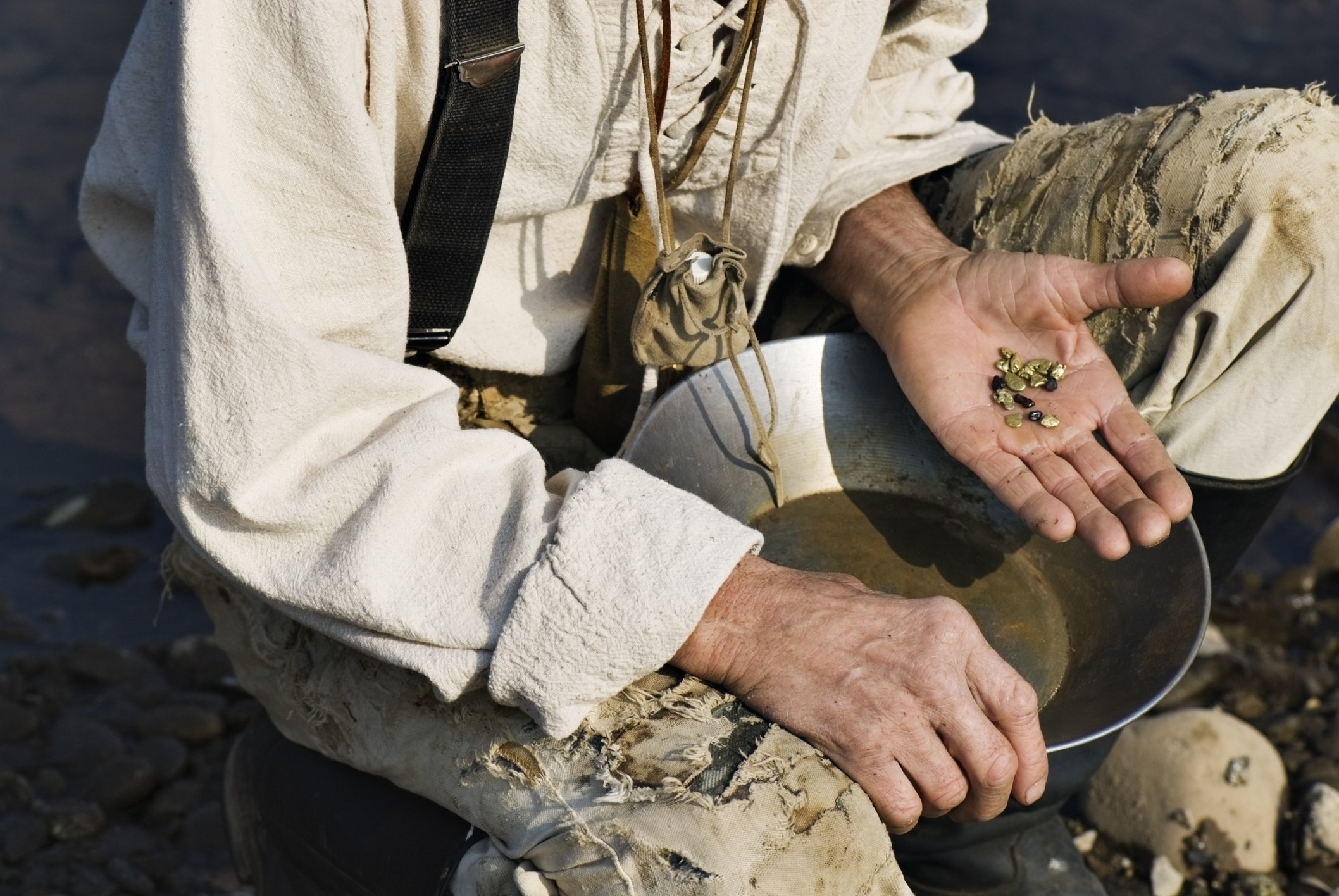



































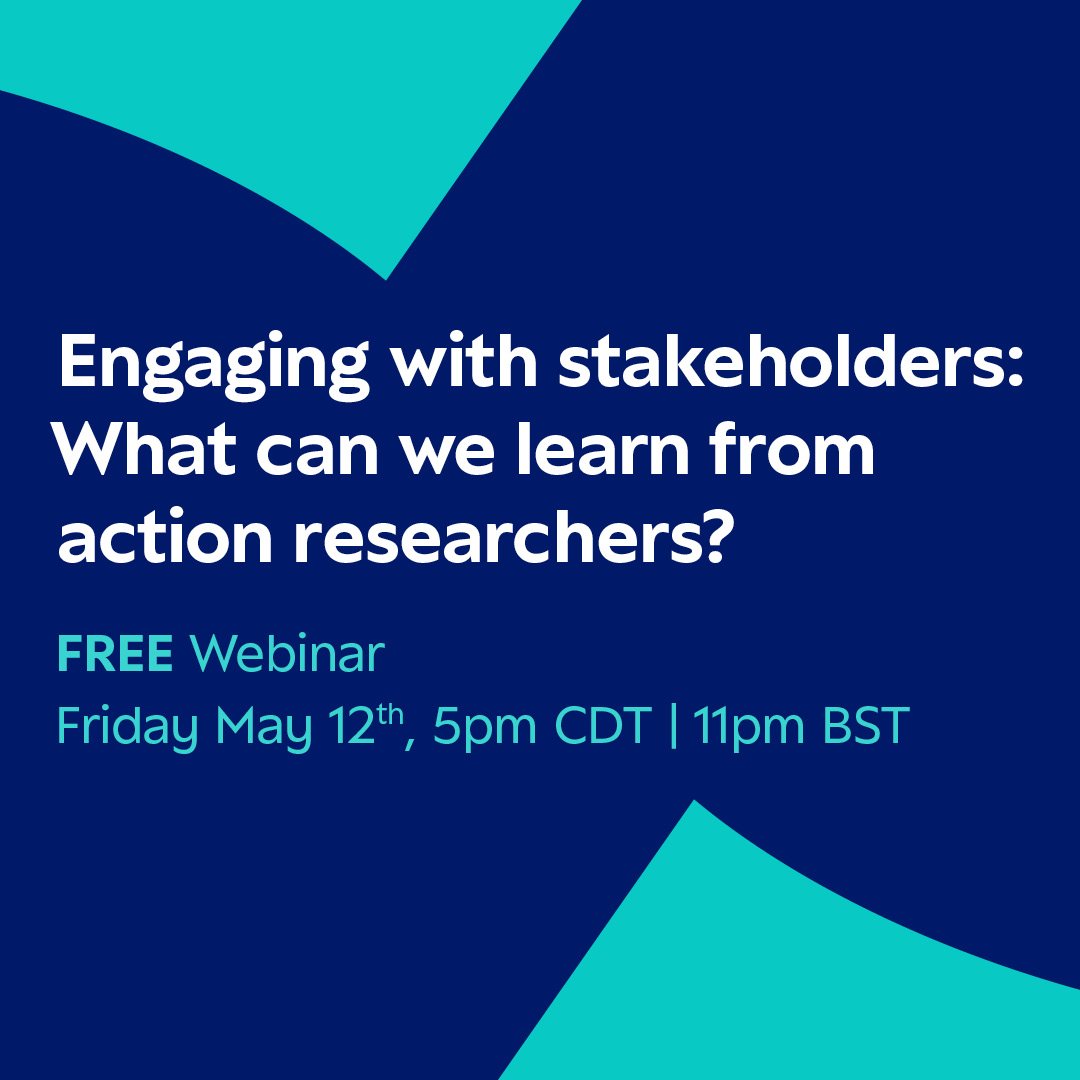






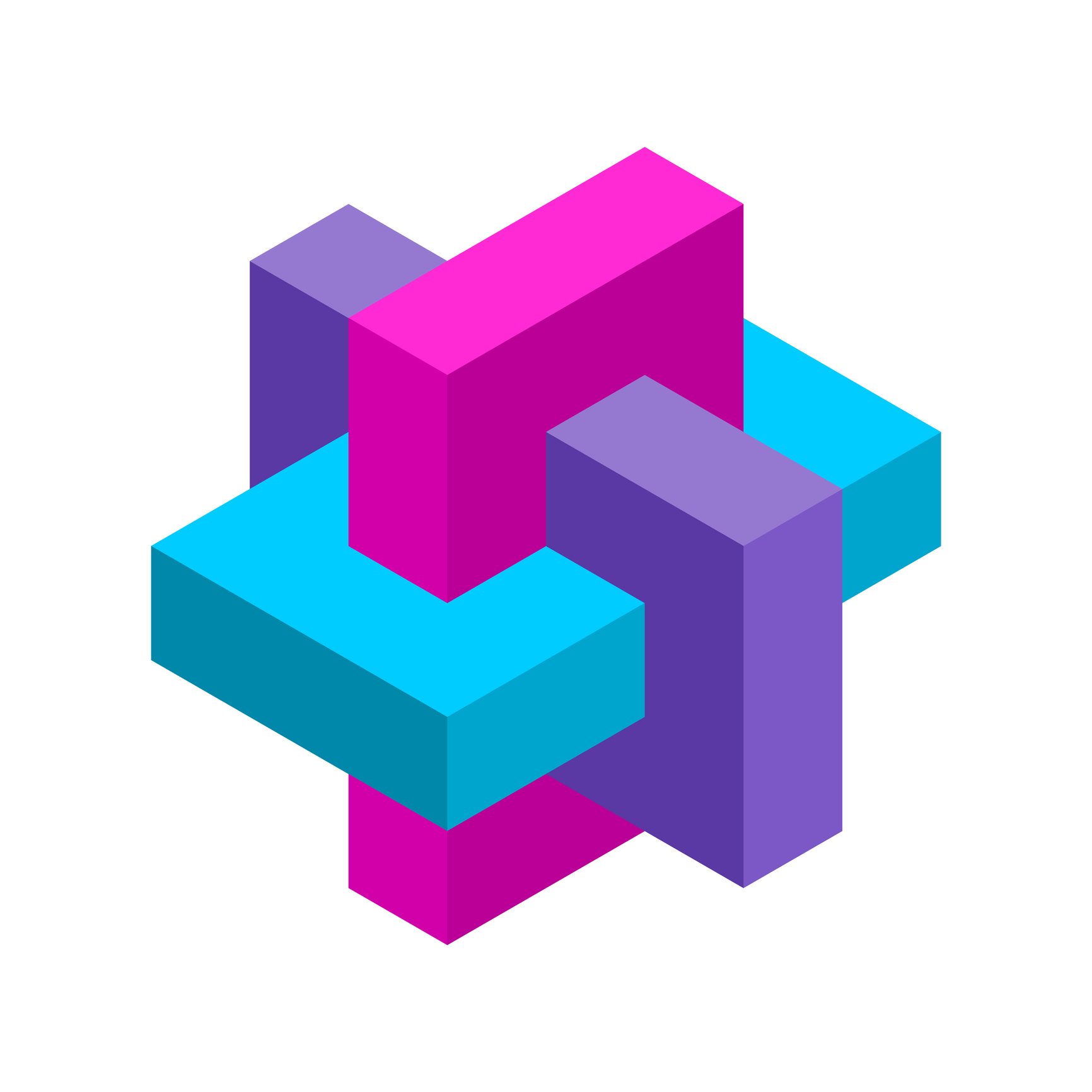






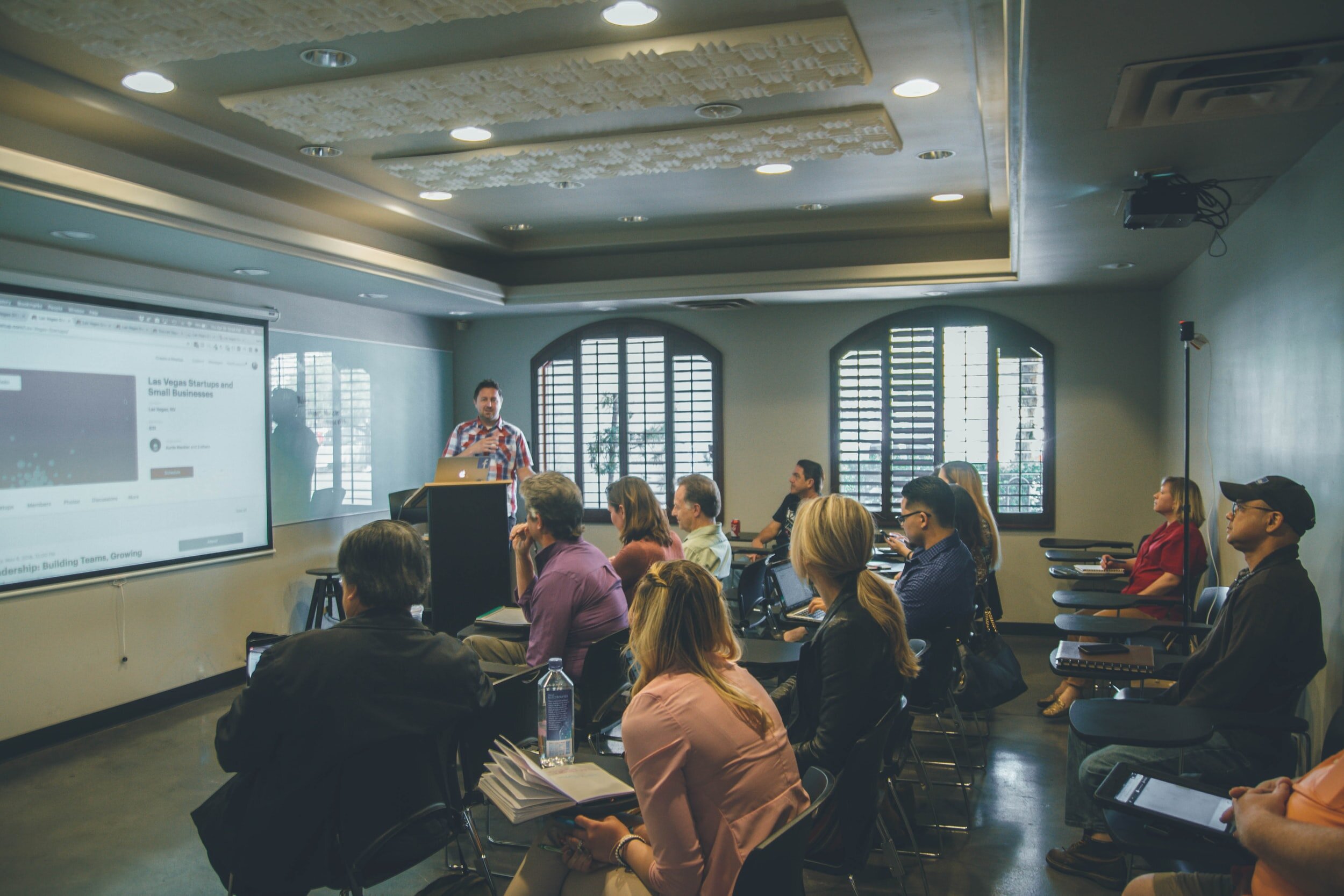



























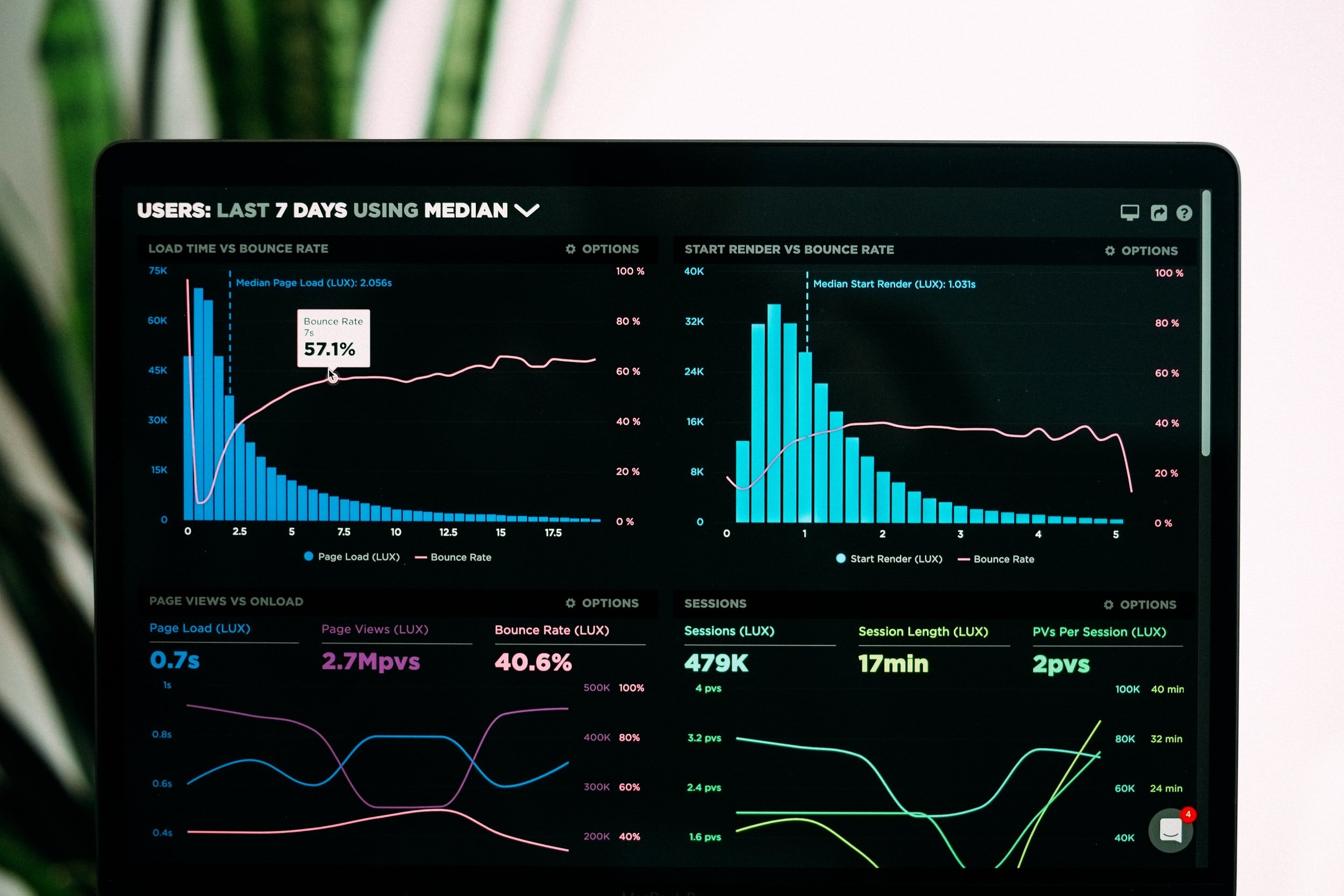

















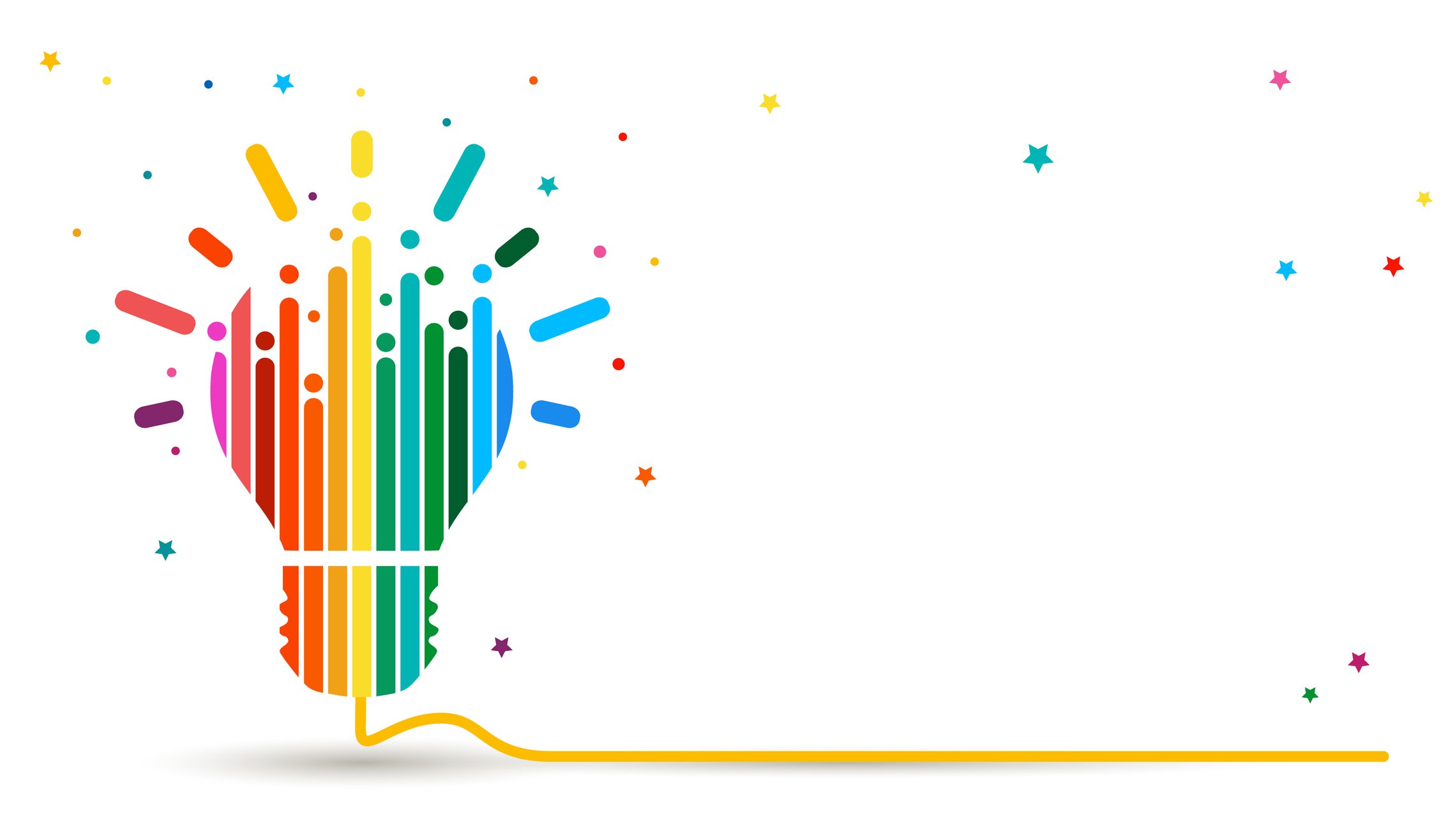




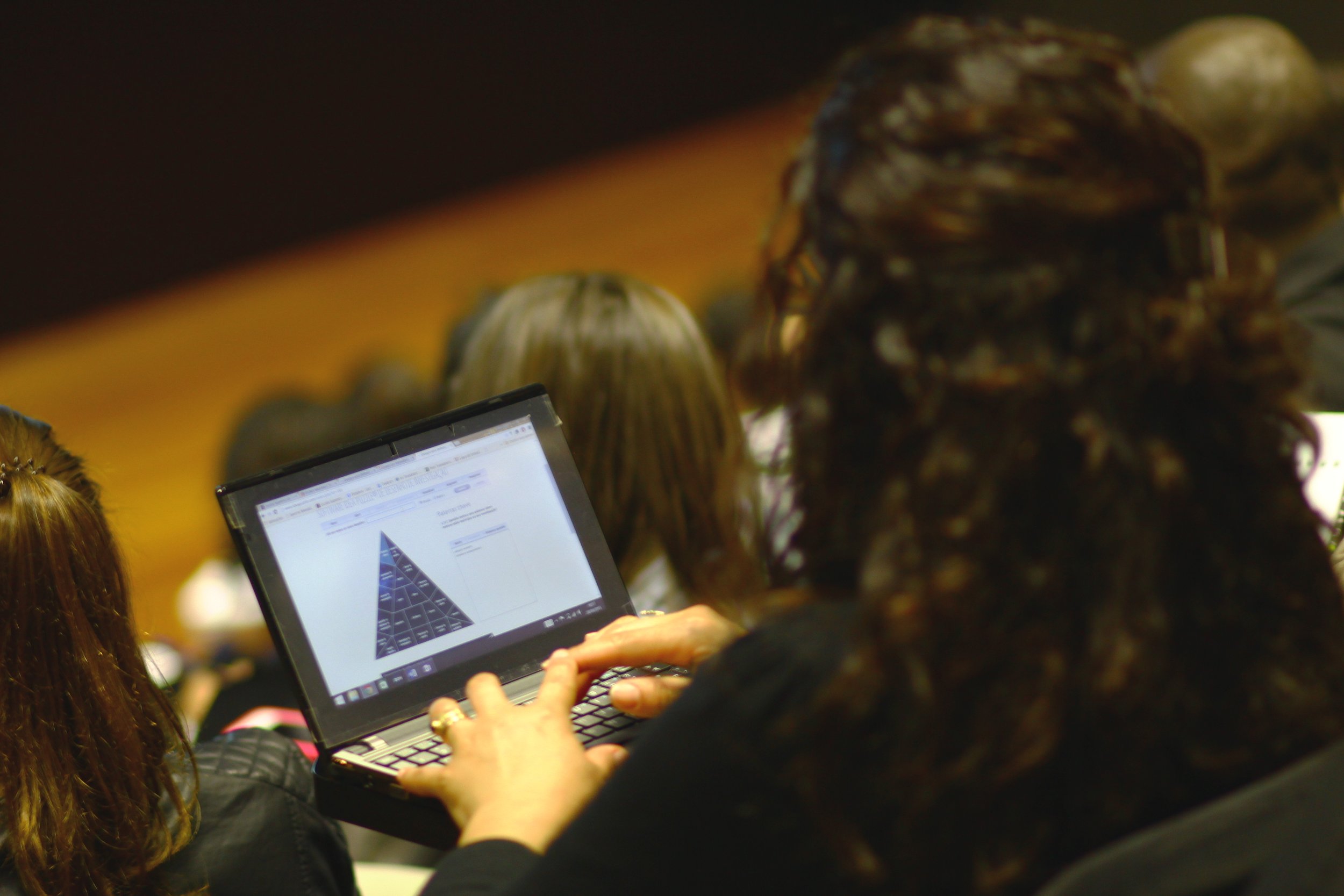

Learn about connecting the unit of analysis with the qualitative methodology.